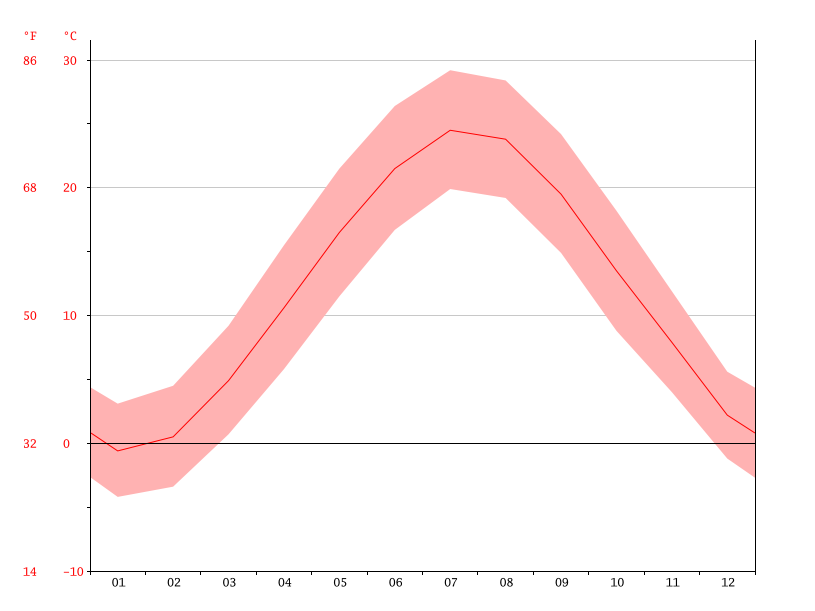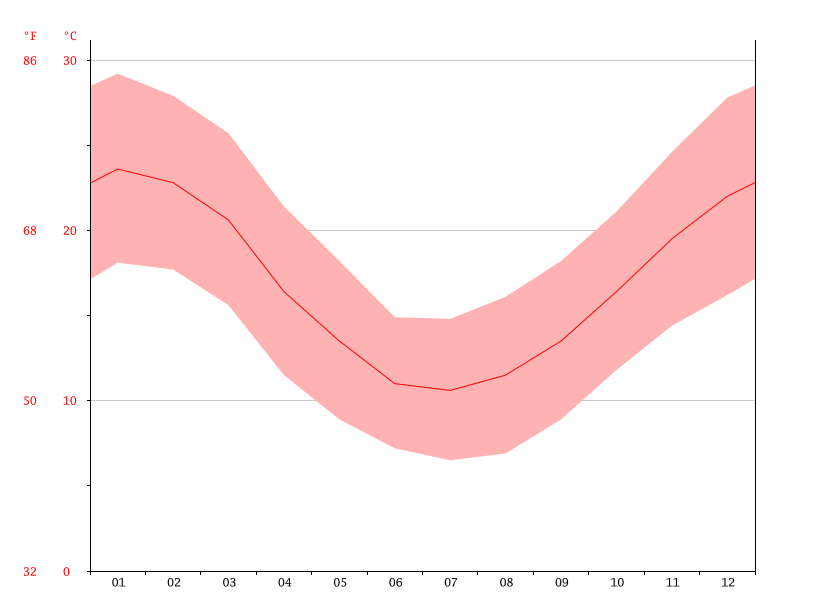The seasons
This is some supporting material for our lab on seasons, which is in the archive of labs.
Perihelion
 On January 3, 2019, Earth was 5 million kilometers (~3 million miles) closer to the sun than it was on July 7.
On January 3, 2019, Earth was 5 million kilometers (~3 million miles) closer to the sun than it was on July 7.
Earth's orbit around the sun is an ellipse: a very slightly squashed circle.
 A common guess is that the equator is warmer than the poles because the equator is closer to the sun. The part of the equator that is closest to the sun (one side of Earth in this picture) is closer by the same distance as the radius of Earth: about 4,000 miles.
A common guess is that the equator is warmer than the poles because the equator is closer to the sun. The part of the equator that is closest to the sun (one side of Earth in this picture) is closer by the same distance as the radius of Earth: about 4,000 miles.
But, according to the observations above, if the distance to the Sun was the reason, then the equator should be much, much warmer every January, when Earth is 3 million miles (almost 1,000 times more than the radius of Earth) closer to the sun than in July. Not just the equator, but all of Earth should be much warmer. But this is not the case! So, we have to keep looking for a different cause of the seasons...
The North Star
 Polaris, the North star, is at the center of these circular star trails.
Polaris, the North star, is at the center of these circular star trails.
On any night of the year, the same star, Polaris, is always seen at the center of the star trails.
The meaning of "being at the center" of these photographs is that it must lie along Earth's axis of rotation.
The meaning of being at the center on any night of the year is that Earth's axis of rotation is always pointing at the same star all year long as it circles the sun. Earth's tilt is 23.5 degrees away from a line that is perpendicular to the plane of its orbit.
Northern Hemisphere vs Southern Hemisphere
Consider the graphs below of average temperature vs month of the year. What is the hottest month of the year in New York (northern hemisphere)? In Buenos Aires, Argentina (southern hemisphere)?
Average monthly temperatures, New York

Average monthly temperatures, Buenos Aires

Review from "Warm equator"
The part of Earth getting the hottest at any moment is where the greatest intensity of sunlight is. Intensity is solar energy per square meter.
- When the sun is directly overhead its energy is concentrated over a small area, and it provides the greatest heating effect.
When the sun is closer to the horizon, the sun's rays are spread out over a larger area.
This is the intensity effect.

- The atmosphere also scatters and absorbs a small amount of the incoming sunlight. The longer the sunlight has to travel through the atmosphere, the weaker it becomes. This is the atmospheric effect. The direct overhead rays are passing through a shorter distance of atmosphere before they reach the ground. The indirect rays are going through a longer distance in the atmosphere before they hit the ground.
The atmospheric effect is smaller than the intensity effect. But they both lead to greater heating of the part of Earth that is receiving more direct sunlight. (That is, where the sun is closest to straight overhead.)
See Direct vs. Indirect light (weebly.com) for more useful pictures and diagrams.